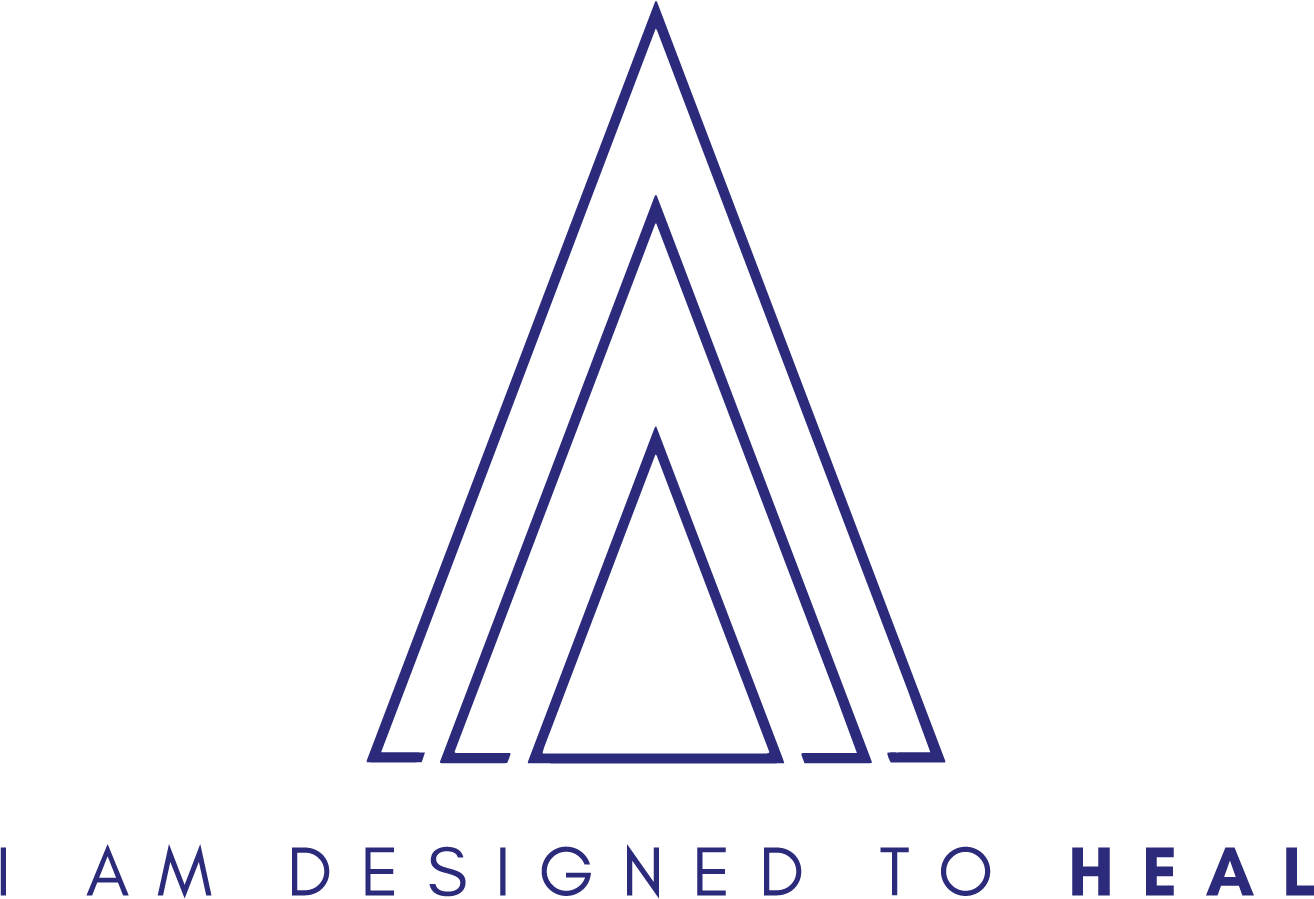
26 Jun Shoulder Pain: How Acupuncture and Massage Can Help You Find Relief
Shoulder pain can be a real pain in the neck—literally! Whether it’s due to an injury, overuse, or a condition like arthritis, shoulder pain affects countless people and can make daily activities challenging. While traditional treatments like medication and physical therapy are commonly used, alternative therapies such as acupuncture and massage are gaining popularity for their potential to alleviate pain and improve overall well-being. Let’s dive into how these therapies work and how they might help you manage shoulder pain effectively.
Understanding Shoulder Pain
Shoulder pain can stem from various issues, including:
- Rotator Cuff Injuries: Common in athletes and individuals who use their shoulders repetitively.
- Frozen Shoulder: Characterized by stiffness and pain that limits shoulder movement.
- Tendonitis and Bursitis: Inflammation of tendons or bursae around the shoulder joint.
The shoulder’s complex structure—comprising bones, muscles, tendons, and ligaments—makes it particularly vulnerable to pain. While conventional treatments can provide relief, many people turn to holistic therapies like acupuncture and massage to complement their care.
Acupuncture: A Time-Tested Solution
What Is Acupuncture? Acupuncture is a key component of Traditional Chinese Medicine (TCM). It involves inserting fine needles into specific points on the body to balance the flow of energy, or Qi. This practice aims to restore harmony and support the body’s natural healing processes.
How Acupuncture Helps Shoulder Pain Modern research offers insights into how acupuncture may help with shoulder pain:
- Boosts Endorphins: Acupuncture can stimulate nerves and muscles, which helps release natural pain-relieving chemicals called endorphins.
- Enhances Blood Flow: By improving circulation, acupuncture helps reduce inflammation and supports healing.
- Reduces Pain: Studies have shown that acupuncture can be effective in treating conditions like rotator cuff tendinopathy and frozen shoulder.
Scientific Backing
- Randomized Controlled Trials (RCTs): Meta-analyses indicate that acupuncture is more effective than no treatment or sham acupuncture for shoulder pain (Vickers et al., 2018).
- Pain Reduction: Patients often experience significant relief and improved shoulder function (Lee et al., 2017).
- Long-Term Benefits: Some studies suggest that the positive effects of acupuncture can be sustained, reducing reliance on pain medications (Zhou et al., 2018).
Massage Therapy: Relief Through Touch
What Is Massage Therapy? Massage therapy involves manipulating the muscles and soft tissues to alleviate pain and enhance function. Techniques like deep tissue massage, Swedish massage, and trigger point therapy are often used for shoulder pain.
How Massage Helps Shoulder Pain Massage therapy offers several benefits:
- Muscle Relaxation: Helps relieve tension and reduce pain.
- Improved Circulation: Enhances blood flow to the affected area, aiding in healing.
- Pain Gate Theory: Massage can alter pain signals sent to the brain, reducing the perception of pain.
Scientific Evidence
- Clinical Trials: Research indicates that massage therapy can significantly reduce pain and improve function, especially when combined with other treatments (Field, 2016).
- Patient Outcomes: Regular massage therapy is associated with better pain management and decreased muscle tension (Moyer et al., 2004).
- Comparative Studies: Massage often provides comparable or superior pain relief to other treatments, with fewer side effects (Cummings et al., 2009).
Combining Acupuncture and Massage: A Powerful Duo
Synergistic Effects Combining acupuncture and massage can offer comprehensive relief for shoulder pain:
- Complementary Mechanisms: While acupuncture targets internal processes, massage focuses on external manipulation of tissues, addressing pain from multiple angles.
- Enhanced Relaxation: The combined therapies amplify relaxation, reduce stress, and promote overall well-being.
- Customized Treatment Plans: Tailoring treatments to address the unique aspects of a patient’s shoulder pain can provide more effective and personalized care.
How Dr. Alik Can Help
Expert Care Dr. Alik combines expertise in physical therapy, massage therapy, and acupuncture to offer a holistic approach to shoulder pain relief. Patients have experienced significant improvements, including reduced pain, increased range of motion, and a return to active lifestyles. Dr. Alik’s approach includes:
- Local and Scalp Acupuncture: Targeted needling to address pain and promote healing.
- Massage Therapy: Techniques to relax muscles and improve circulation.
- Cold Laser Treatment: To reduce inflammation and support tissue repair.
- Assisted Stretching: To enhance flexibility and range of motion.
Conclusion
Shoulder pain doesn’t have to control your life. Acupuncture and massage offer promising, non-invasive alternatives for managing pain and enhancing overall wellness. Supported by scientific research and centuries of practice, these therapies can provide significant relief and improve your quality of life. Whether used individually or together, acupuncture and massage can help you get back to doing what you love with less pain and more comfort. As always, consulting with a professional will ensure you receive the safest and most effective care.
References:
- Vickers, A. J., Vertosick, E. A., Lewith, G., MacPherson, H., & Sherman, K. J. (2018). Acupuncture and dry needling in the treatment of musculoskeletal pain: a systematic review of randomized controlled trials. Journal of Pain Research, 11, 215-228. doi:10.2147/JPR.S146316
- Lee, J. H., Lee, M. S., Lee, H., Shin, B. C., & Ernst, E. (2017). Acupuncture for pain management in chronic pain conditions: a systematic review of randomized controlled trials. Journal of Pain Research, 10, 3203-3216. doi:10.2147/JPR.S140477
- Zhou, H., Zhang, A., Wang, H., & Zhang, Q. (2018). Acupuncture for the treatment of depression: a systematic review and meta-analysis of randomized controlled trials. Journal of Alternative and Complementary Medicine, 24(12), 1196-1204. doi:10.1089/acm.2018.0132
- Field, T. (2016). Massage therapy research review. Complementary Therapies in Clinical Practice, 24, 19-23. doi:10.1016/j.ctcp.2016.04.001
- Moyer, C. A., Rounds, J., & Hannum, J. W. (2004). A meta-analysis of massage therapy research. Journal of Bodywork and Movement Therapies, 8(3), 224-238. doi:10.1016/S1360-8592(03)00088-6
- Cummings, T. M., & White, A. R. (2009). A systematic review of the effectiveness of massage therapy for musculoskeletal pain. Journal of Alternative and Complementary Medicine, 15(6), 623-630. doi:10.1089/acm.2008.0423


